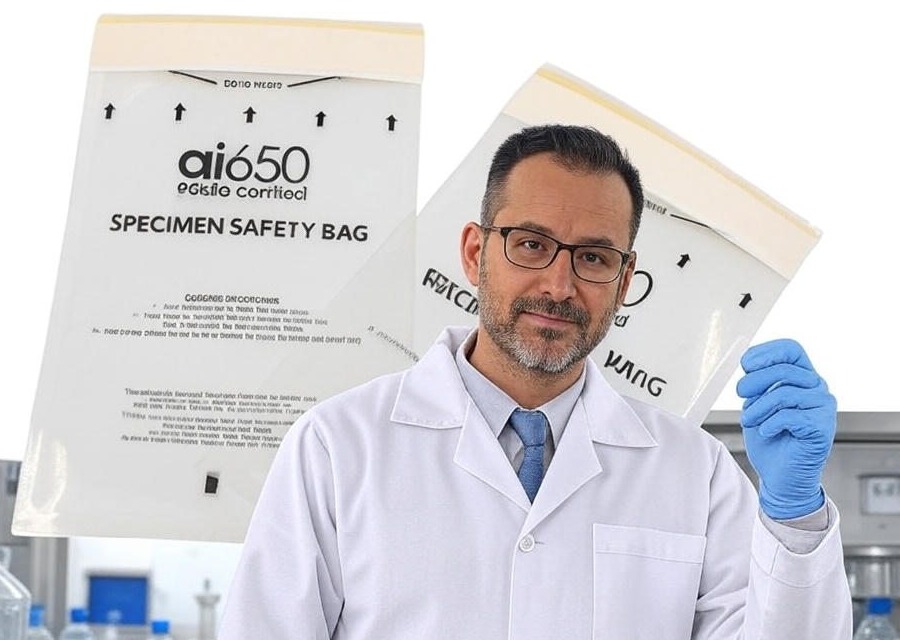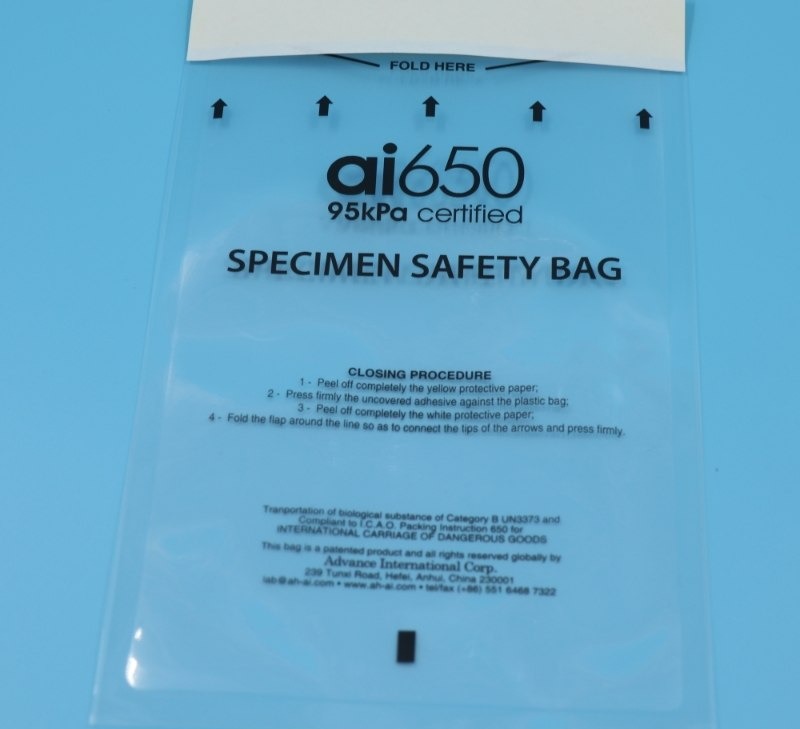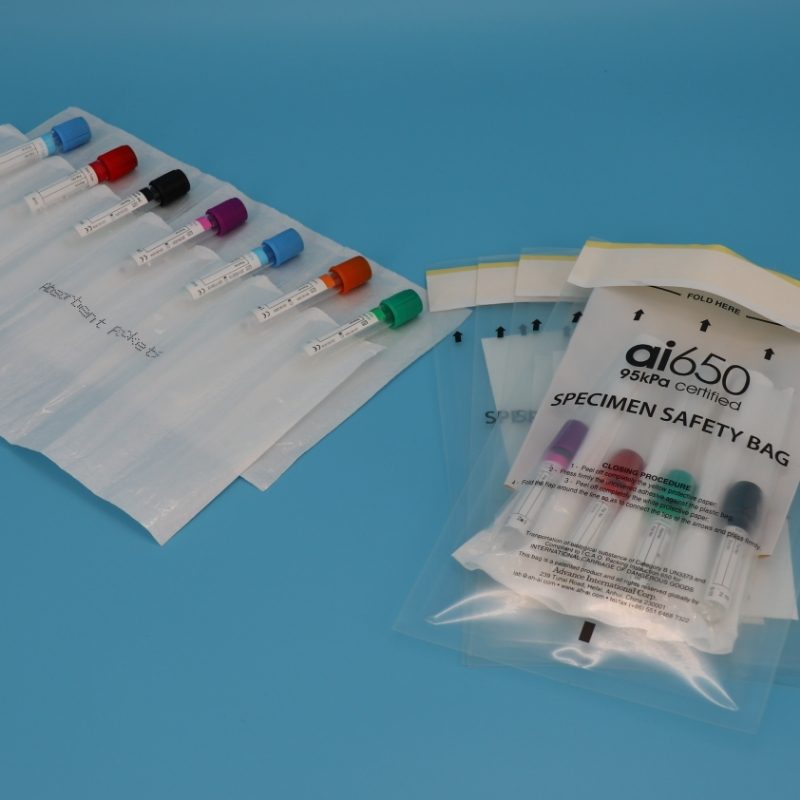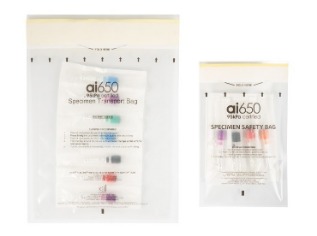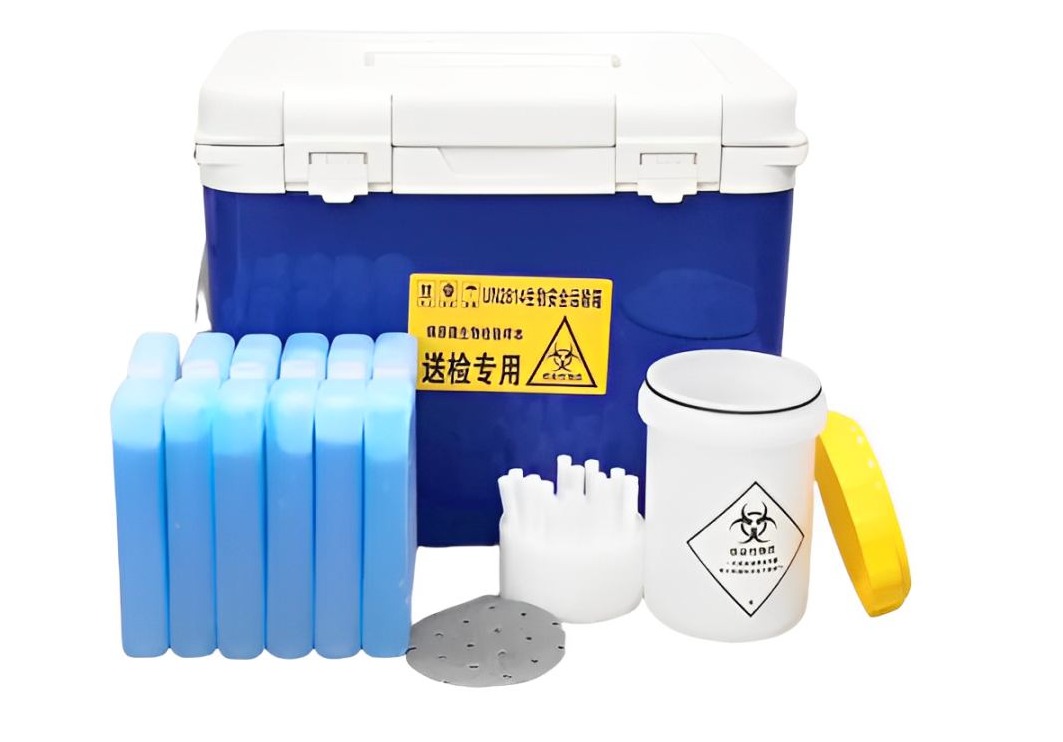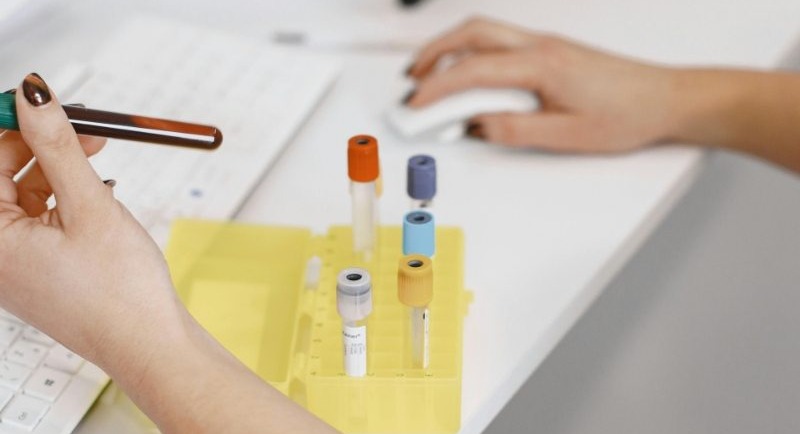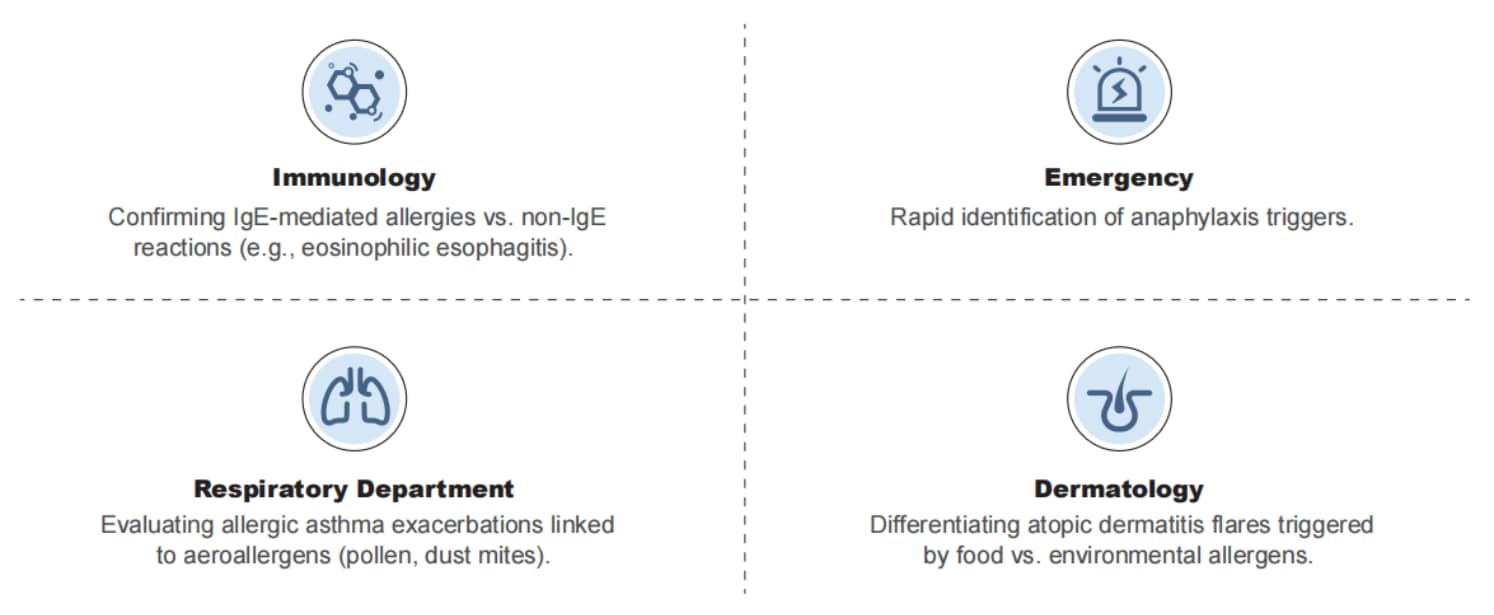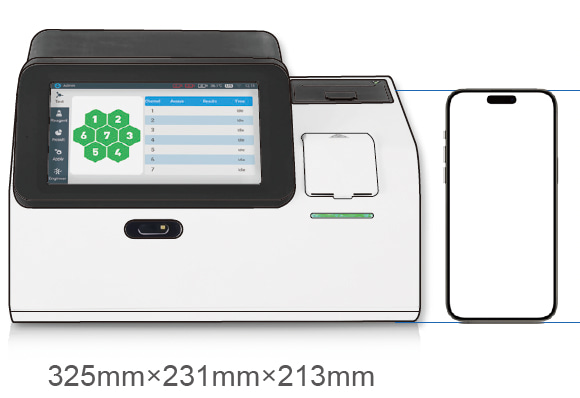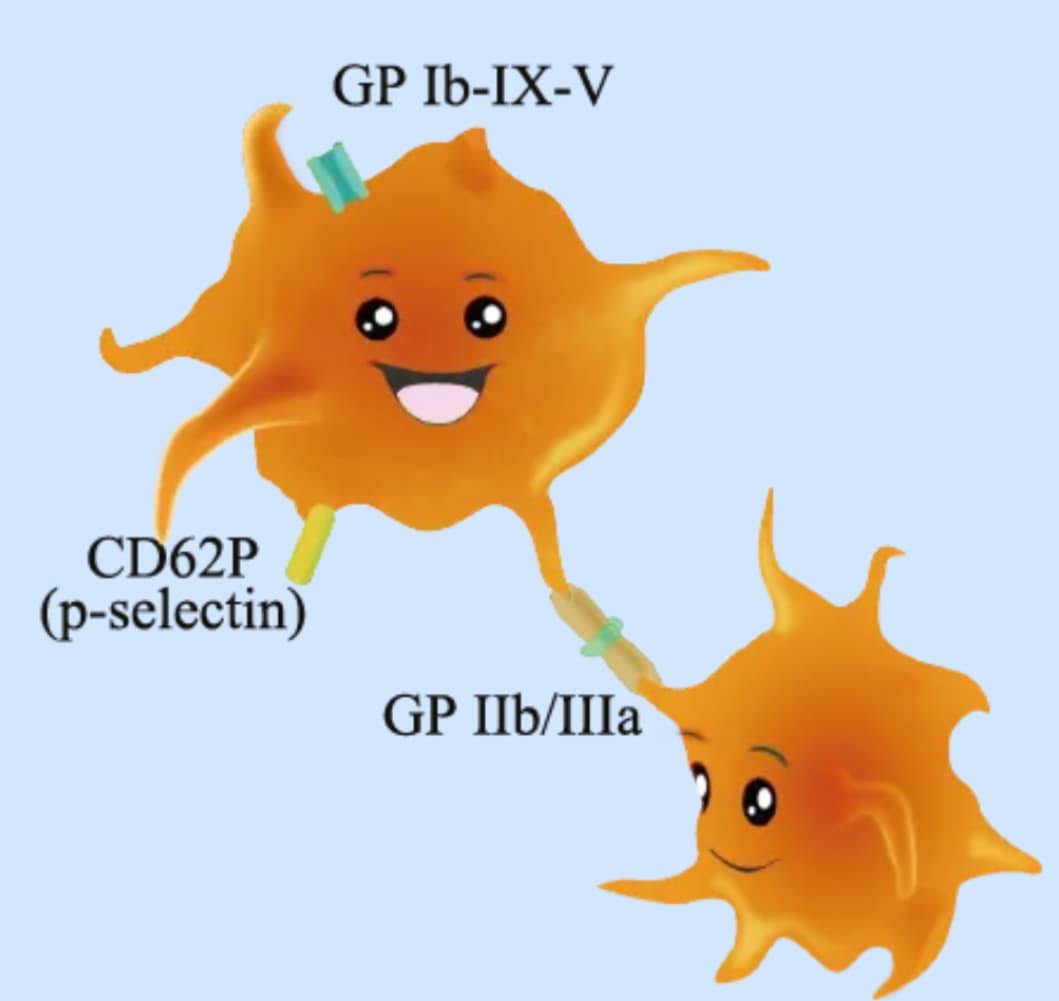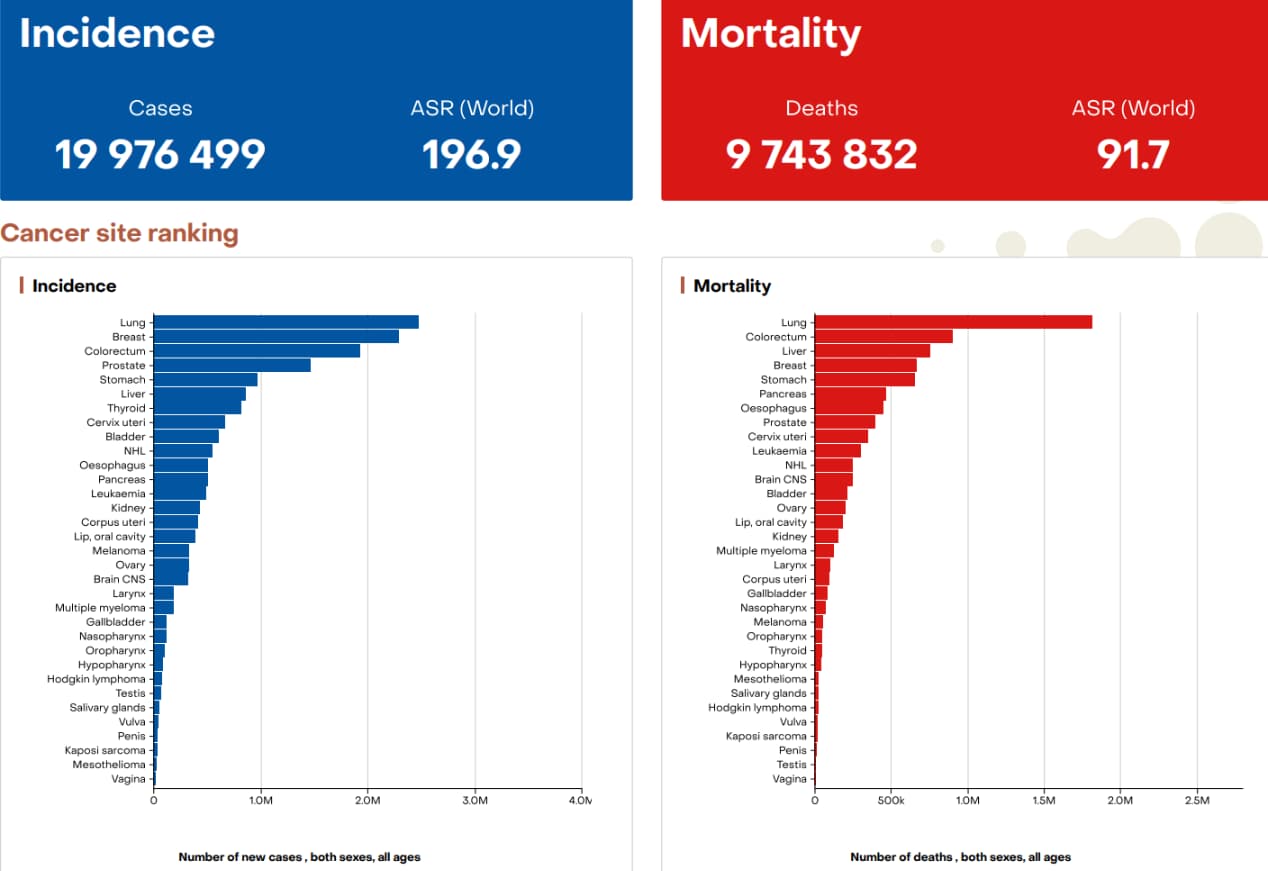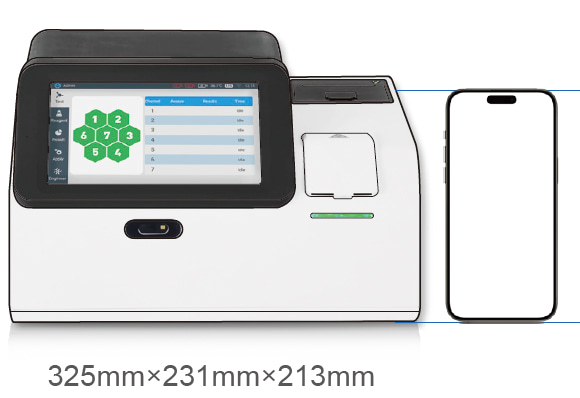How Our 95kPa Specimen Bags Drive Global Compliance and Growth for Biological Sample Shipping?
The global biological sample shipping packaging market is booming, with the global sterile plastic bag market reaching 12.03 billion yuan in 2024 and expected to grow to 18.27 billion yuan by 2031 . As a professional exporter of UN3373-compliant biological sample packaging, Advance International Corp’s core product—95kPa specimen bags—has been helping global clients solve shipping pain points. Below, we combine real cases and industry data to show how our products stand out in the competitive market.
Global Market Boom Drives Demand for High-Quality Packaging
The biological sample transportation industry is experiencing robust growth driven by multiple factors:
- Market Scale Expansion: China’s medical specimen transportation container market reached 8.76 billion yuan in 2024, with exports soaring 18.7% year-on-year to 930 million US dollars . UN3373-compliant Category A packaging exports alone hit 180 million US dollars, mainly to Southeast Asia, the Middle East and Africa.
- Increased Application Scenarios: The expansion of third-party medical testing (market size exceeding 154 billion yuan in 2024) and the popularity of cross-regional clinical trials have boosted demand for compliant packaging .
- Stringent Regulatory Requirements: Countries worldwide are strengthening supervision over biological sample transportation, making UN3373 compliance a basic threshold for market access.
As a key player in this growth trend, our 95kPa specimen bags perfectly meet the dual needs of market expansion and regulatory compliance.
Solving Cross-Border Shipping Pain Points for a Southeast Asian Diagnostic Company
A leading diagnostic company in Indonesia faced critical challenges in transporting COVID-19 test samples to remote regions:
- High Leakage Rate: Their previous packaging had a 15% leakage rate during air transport, resulting in sample contamination and diagnostic delays.
- Regulatory Non-Compliance: Customs frequently detained shipments for failing UN3373 pressure resistance tests.
- Cost Losses: Annual losses due to packaging issues exceeded 200,000 US dollars.
After partnering with Advance International Corp, we provided a tailored solution based on our 95kPa specimen bags:
- Our bags passed the 95kPa pressure differential test required by IATA, ensuring no leakage during high-altitude transportation.
- The double-seal design enhanced leak-proof performance, and the sterile production process met BSL-2 laboratory standards.
- We optimized the packaging size to match their sample tubes, improving loading efficiency by 30%.
The results were remarkable:
- The client’s sample leakage rate dropped to 0% within three months.
- Customs clearance time was reduced from 3 days to 8 hours.
- Annual cost savings exceeded 150,000 US dollars. They have since signed a long-term contract, ordering 1.2 million bags annually.
Our 95kPa Specimen Bags: Core Advantages Backed by Data
Our products stand out in the market with three key strengths:
- Superior Compliance: 100% of our 95kPa bags meet UN3373 Category B standards and pass IATA’s strict pressure tests, ensuring smooth customs clearance in 90+ countries.
- Reliable Performance: With a puncture resistance of 15N and a seal strength 20% higher than industry averages, our bags maintain integrity even in harsh transportation conditions.
- Global Export Capability: We supply to 50+ countries, with Southeast Asia accounting for 40% of our exports—aligning with the region’s 19.6% annual growth in demand for compliant packaging .
We maintain strict quality control with a 0.01% defective rate, supported by our advanced production lines and ISO 13485 certification.
Future Trends: Green & Smart Upgrades for 95kPa Bags
The industry is evolving toward sustainability and intelligence, and we are at the forefront of these trends:
- Eco-Friendly Innovation: We are developing bio-based 95kPa bags using corn starch materials, responding to the global demand for green packaging that is expected to reach tens of billions of yuan in market size by 2025 .
- Smart Integration: Future products will incorporate temperature sensors to enable real-time monitoring, addressing the industry’s pain point of delayed temperature alerts .
As the global biological sample transportation market continues to grow, reliable packaging becomes increasingly critical. Advance International Corp’s 95kPa specimen bags combine compliance, performance, and cost-effectiveness to help clients succeed in global markets. For more information on our products and customized solutions, visit our website www.aicbiologicalbag.com today!

